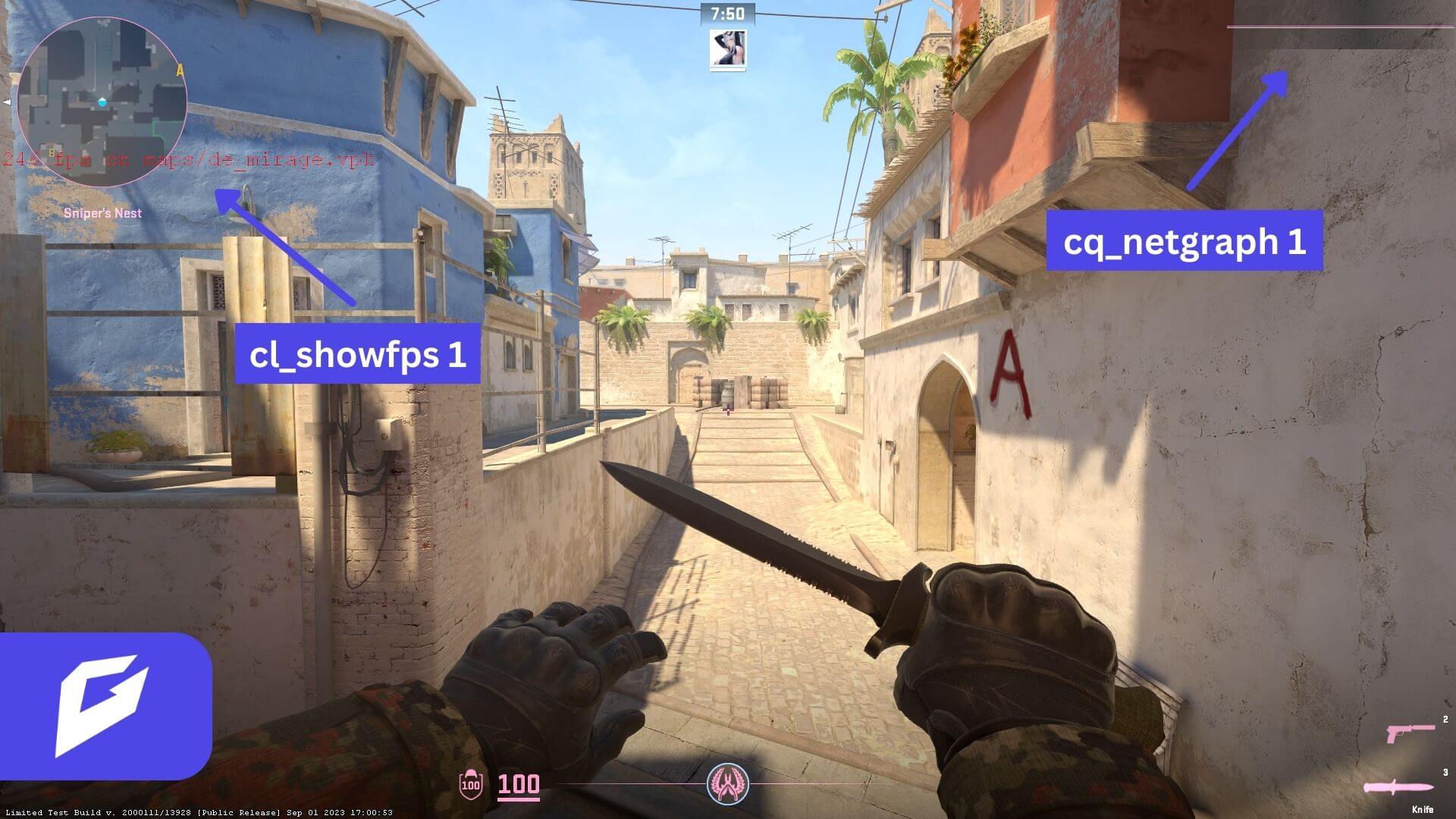Online Banking Insights
Your go-to source for the latest news and trends in online finance and banking.
Teamkill Fiascos: The Hidden Cost of Friendly Fire in CSGO
Discover the shocking truth behind friendly fire in CSGO—uncover the chaos of teamkill fiascos and their hidden costs!
Understanding Teamkill Etiquettes in CSGO: Avoiding Friendly Fire
In the competitive landscape of CSGO, understanding teamkill etiquette is crucial for maintaining a positive gaming environment. Friendly fire can disrupt coordination and lead to significant frustrations among players. Therefore, respecting your teammates is essential. Always be mindful of your position in relation to others, especially during intense engagements. Remember that your goal is to win as a team, so try to communicate effectively to avoid accidental teamkills. Here are some tips to help ensure you avoid shooting your allies:
- Stay aware of your surroundings: Use the minimap and listen for audio cues that indicate the presence of teammates.
- Use voice communication: Call out your location and let your teammates know your intentions during crucial moments.
- Practice patience: If you're unsure about a shot, hold your fire until you're certain you won't hit a teammate.
By adhering to these guidelines, not only will you minimize the risk of friendly fire, but you'll also foster a more collaborative and enjoyable gaming experience for everyone.

Counter-Strike is a highly popular first-person shooter that has captivated gamers around the world. One of the most sought-after items in the game is the karambit blue steel, known for its distinctive design and rarity. Players often engage in intense matches, strategizing to outsmart their opponents and secure victory.
The Psychological Impact of Teamkills: How Friendly Fire Affects Gameplay
The phenomenon of teamkills in multiplayer gaming has significant psychological repercussions on players, often leading to feelings of frustration, anger, and betrayal. When players experience friendly fire, they may perceive it not just as an accident but as a serious breach of trust among teammates. This perception can lead to a noticeable drop in team morale and communication. Players may become hesitant to engage fully in the game for fear of being targeted, which creates a cycle of negativity that can ultimately diminish the overall gaming experience.
Moreover, the impact of friendly fire extends beyond immediate emotional reactions. Studies suggest that recurring teamkills can lead to long-term effects like increased anxiety and lowered self-esteem for players. The psychological stress can result in a reluctance to play certain games or modes altogether. As a result, understanding and mitigating the implications of teamkills is crucial for developers and players alike. Implementing features such as teamkill penalties and fostering a culture of respect within gaming communities can help create a more enjoyable and less stressful environment.
Is Friendly Fire a Necessary Evil? Debating the Role of Teamkilling in CSGO
The concept of friendly fire in Counter-Strike: Global Offensive (CS:GO) has sparked endless debates among players and strategists alike. On one hand, some argue that it introduces a layer of realism and strategy that heightens the intensity of the game. When teammates can inadvertently take each other out, players are pushed to communicate more effectively and to exercise greater caution, potentially leading to improved teamwork. Furthermore, this mechanic can serve as a valuable learning tool for new players, encouraging them to develop better situational awareness and positioning skills.
On the flip side, many players contend that teamkilling leads to frustration and negatively impacts the gaming experience, particularly in competitive play. Instances of intentional teamkilling can result in toxic environments, discouraging new players and disrupting the flow of the game. Additionally, frequent occurrences of accidental friendly fire may create a culture of blame, where teammates are hesitant to trust one another, ultimately undermining the cooperative essence of CS:GO. Therefore, while friendly fire may be seen as a necessary evil by some, its impact on community dynamics cannot be overlooked, and it raises important questions about the balance between realism and enjoyment in competitive gaming.